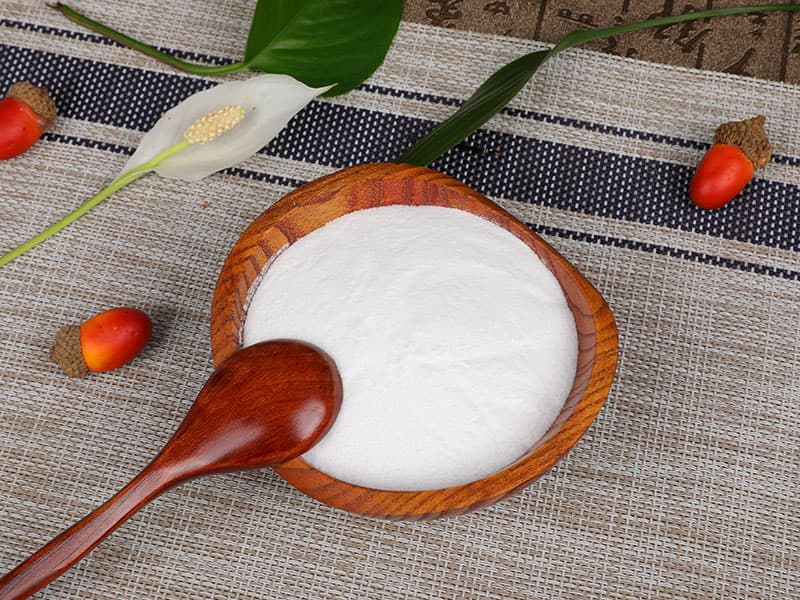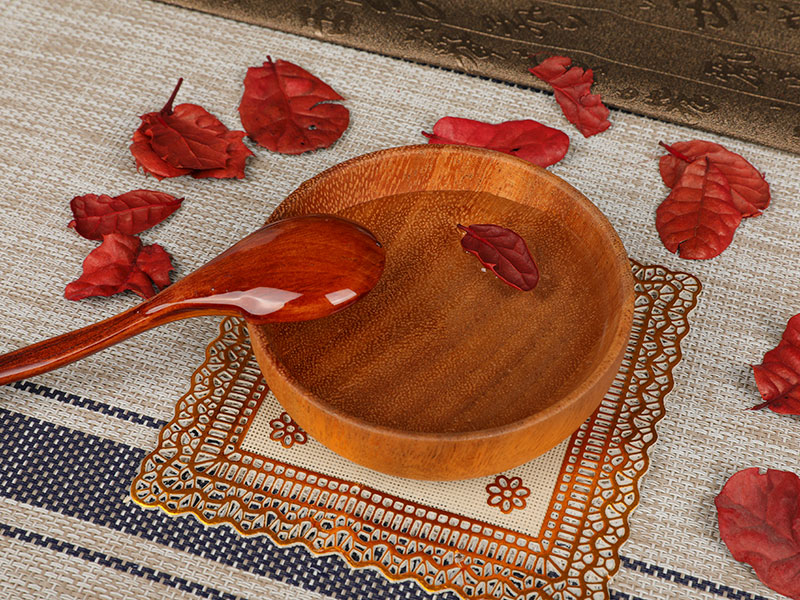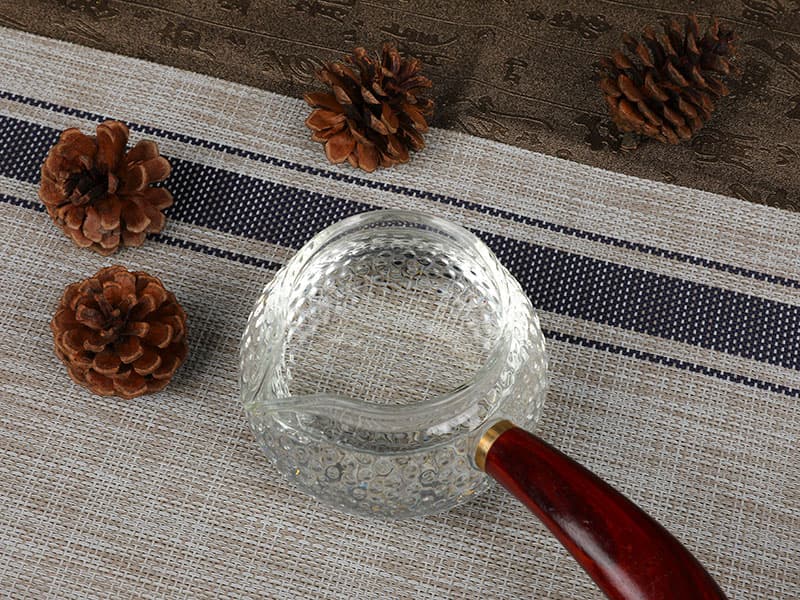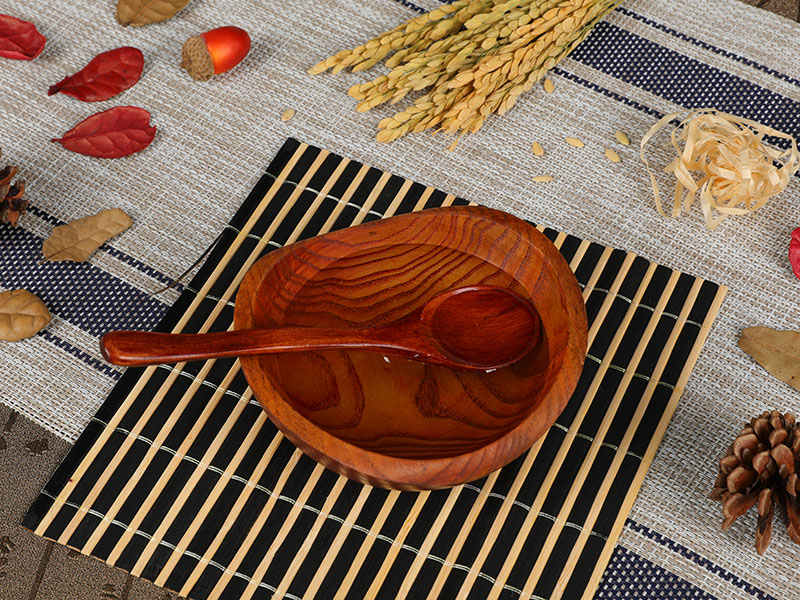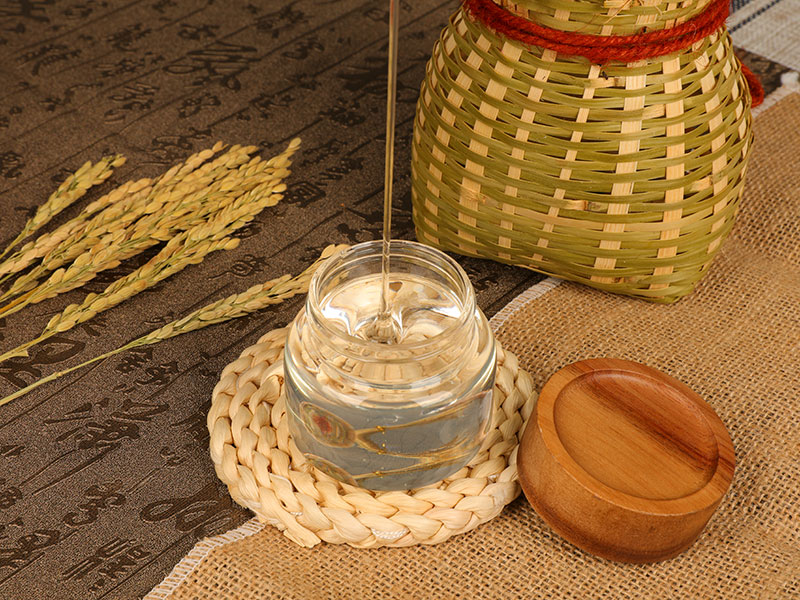High-fructose corn syrup (HFCS) is a sweetener derived from corn starch that has been processed to increase the fructose content. It is widely used in many food and beverage products due to its sweet taste, low cost, and ability to help preserve products and maintain a consistent texture.
HFCS is made by converting corn starch into glucose, which is then partially converted into fructose. The resulting syrup is a mixture of glucose and fructose, typically with a fructose content of 42-55%. HFCS is sweeter than glucose and can be used to sweeten a variety of foods, including soft drinks, baked goods, candy, and fruit drinks.
There has been a lot of debate over the health effects of consuming HFCS, with some studies suggesting that it may contribute to obesity and other health problems, while others argue that it is no different from other forms of sugar. However, many health experts agree that consuming large amounts of added sugars, regardless of their source, is not recommended as part of a healthy diet.
High-fructose corn syrup (HFCS) is used for its sweet taste, low cost, and ability to help preserve food and maintain a consistent texture in a variety of food and beverage products. Some common uses of HFCS include:
1.Soft drinks: HFCS is a popular sweetener in soft drinks and other beverages, as it is cheaper and sweeter than sugar.
2.Baked goods: HFCS is used in many baked goods, including cakes, cookies, and breads, as it helps to retain moisture and extend the shelf life of the product.
3.Candy: HFCS is commonly used in candy, gum, and other sweets, as it helps to prevent crystallization and maintain a smooth texture.
4.Fruit drinks: HFCS is used to sweeten many fruit drinks and juices, as it helps to enhance the natural flavors of the fruit.
5.Processed foods: HFCS is used in a wide range of processed foods, including salad dressings, ketchup, canned fruits, and snack foods.
It is important to note that consuming large amounts of added sugars, including HFCS, is not recommended as part of a healthy diet. It is always best to check the ingredient list on food and beverage products to determine the sources of sugar and other ingredients.


 English
English 中文简体
中文简体
